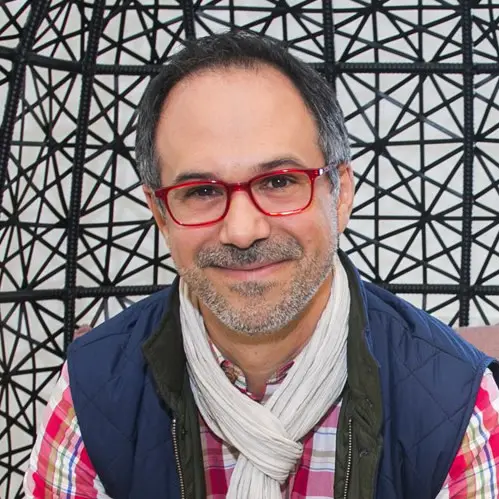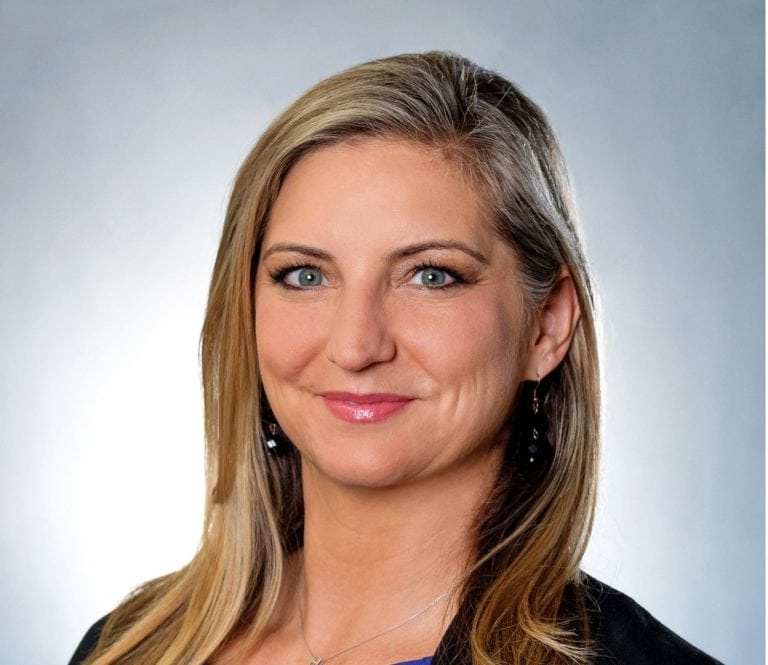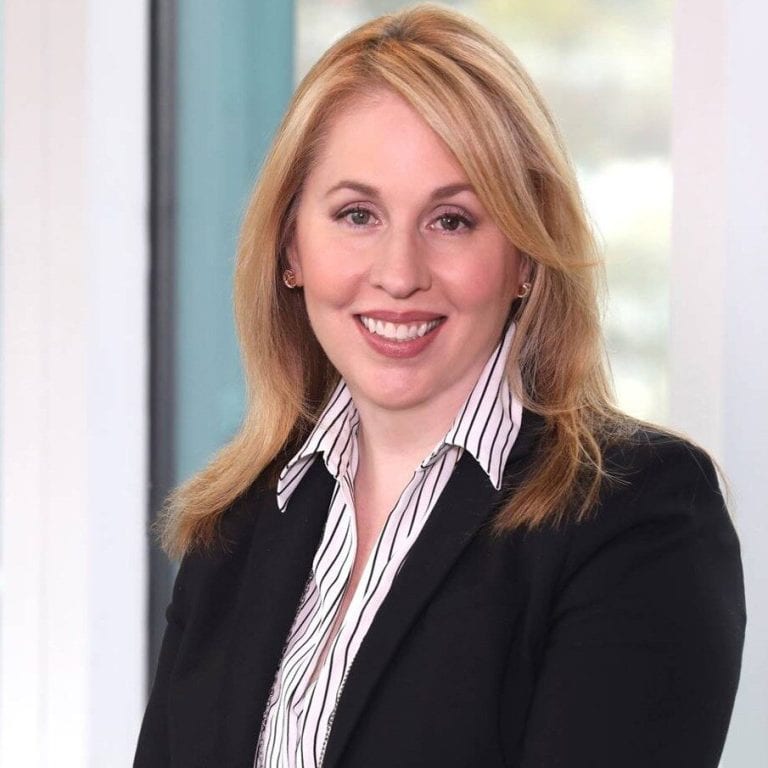
April 16, 2020
Moisés Noreña, Global Director of Innovation, Whirlpool
My Dad was a retail pioneer, who developed the “high-margin” license department retail business model, which brought innovative services like optical, dental and legal services into Sears and Montgomery Ward stores, back when they were among the largest retailers in the world. One day he met with Sam Walton, who was just figuring out how to scale Walmart into a powerhouse brand. He told me how he was intrigued by Sam’s consumer approach to business—driving around in his pickup truck, conducting the design-led (UX) process of the era, observing and responding to consumers’ behaviors/desires out in the real-world (take that Amazon).
Growing up in a retail family had its perks, but oh how the landscape has changed—especially in the cutthroat consumer electronics and appliance sectors I painfully experienced when I became the CMO of LG/Zenith. Spend any time surfing TV or e-commerce sites and you’ll notice how competitive the industry has become. You’ll also notice that the days of the white top-loading washing machine is long gone. I noticed that I just paid more for a “sexy” washer-dryer set, than I paid for my first car. Yes, there is a retro movement going on, and you can still buy basic units, but innovation in “highly durable household goods” now gives us high-end choices, with more options coming in the connected home.
I conducted another no-holds-barred Reboot Stories interviewwith Moisés Noreña, Global Head of Innovation at Whirlpool, in front of a live audience at the ÄKTA Innovation Series. Just before we went live and dug into topics from experience design to the “dark side” of innovation, Moisés told me he was leaving Whirlpool to become the new Director of Strategic Innovation at Allstate. Did this make him more forthcoming? I think so.
Since I was a kid, I have been a student (and fan) of American business history, and admire Whirlpool’s rise into a top multinational corporation, with 70,000 employees generating $20 billion in annual revenue in 170 countries. It is a great American business story, from its humble beginnings as Upton Machine Company, which crashed and burned like many early 20th century ventures, but was quickly resurrected as Whirlpool Corporation, thanks to a bit of luck, entrepreneurial swagger and a sweet deal with Sears—that even my Dad would have approved of. Now a Fortune 200 based in Benton Harbor, Michigan, Whirlpool is a powerhouse that owns top brands like KitchenAid and Maytag, and manufactures appliances under the Kenmore (Sears), Inglis (Best Buy) Crosley & Admiral (Home Depot) and Ikea brands.
Moisés and I jumped right into our Reboot interview, debating Whirlpool’s innovation approach and process…and the shifting competitive landscape. Please watch the video to get all of the insights—here are a few nuggets:
Innovation Catalyst
Whirlpool embraced innovation because of falling prices and lack of consumer differentiation. Like most traditional brands, the company was reliant upon retailer sales people calling out key features and sales were often driven by promotions. People still need washers & dryers, but falling prices reduced margins. Lack of differentiation also presented a risk from a future competitor.
Innovation Supply
At Whirlpool, demand for innovation was driven by leadership’s objectives around sales, profitability and volume. Whirlpool encourages innovation from within the business units, but also at the WoW (World of Whirlpool) Innovation Design Center, on the banks of the Chicago river. Like other public companies moving their HQ from the suburbs to downtown Chicago, the center allowed Whirlpool to recruit talent unwilling to move to Benton Harbor and also gave the team an opportunity to work outside the corporate environment and/or commute to HQ.
Innovation Process
Sometimes innovation can happen because one somewhat brilliant person intuitively understands design and consumer behavior (think Sam Walton & Steve Jobs, or OK…Jeff Bezos). But innovation is often driven by hard work and the development of strategy, research, and a willingness to break with big-fat-slow corporate culture or market stereotypes. At times the Whirlpool innovation team questioned the conventional wisdom that their products were purchased by women for use in the kitchen, basement (do people still do laundry in the basement?) or laundry room. Asking, “what could we build for men” led to the development of the Gladiator line, appliances for the garage which is often a man’s escape (you should see my workshop). The line now has sales of almost $500 million.
Innovation Killers
Innovation can get sidelined easily these days. Some are obvious such as politics, shrinking “skunk works” budgets, or leadership team territorialism (you know who they are). Another sure-fire way to kill innovation is to obsess on metrics too early in the process. While innovation needs to produce results that are meaningful, as soon as designers start working on spreadsheets and reports they will lose focus on the customer. They also have a tendency to leave for other more creative environments—you need to encourage them to stay. The job of the chief innovation officer is to nurture/protect the process and find the best balance of optimizing the sweet spot which can excite consumers, move the revenue needle and produce a profit.











